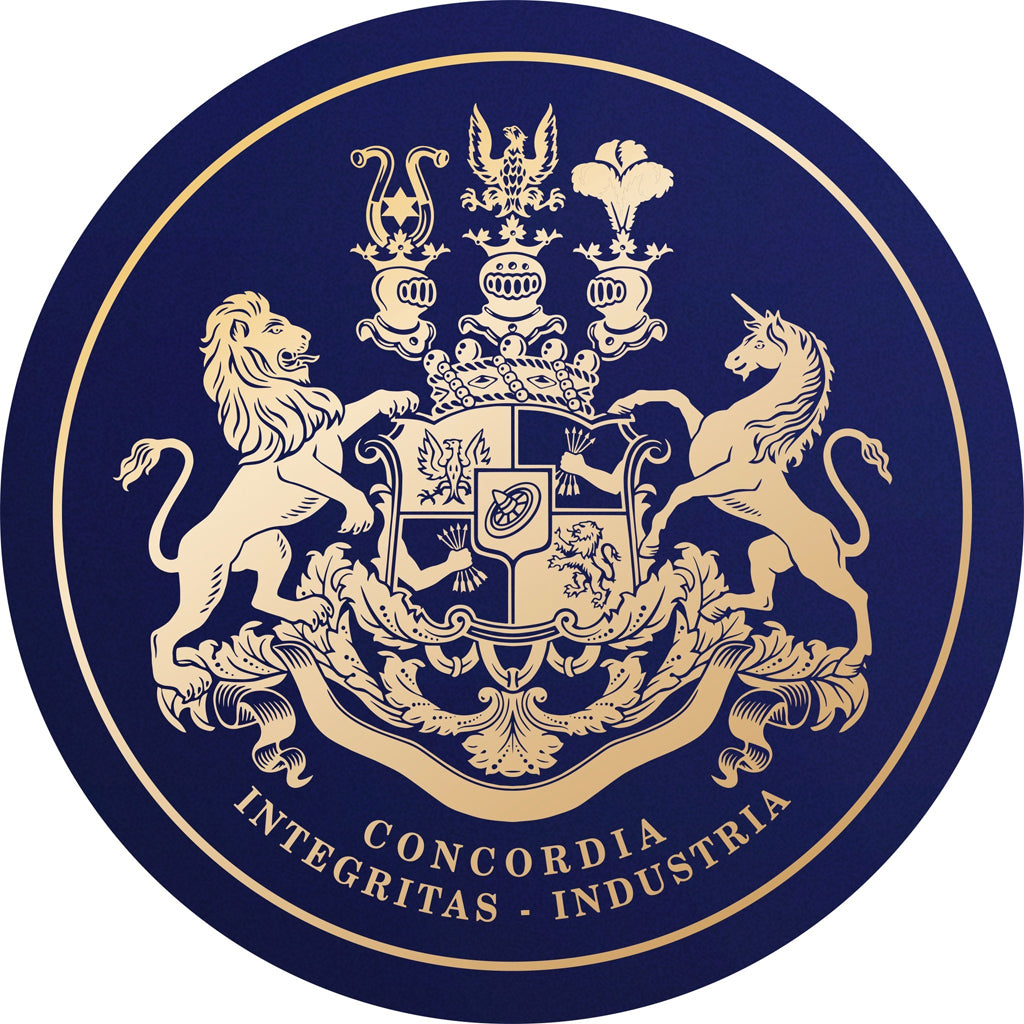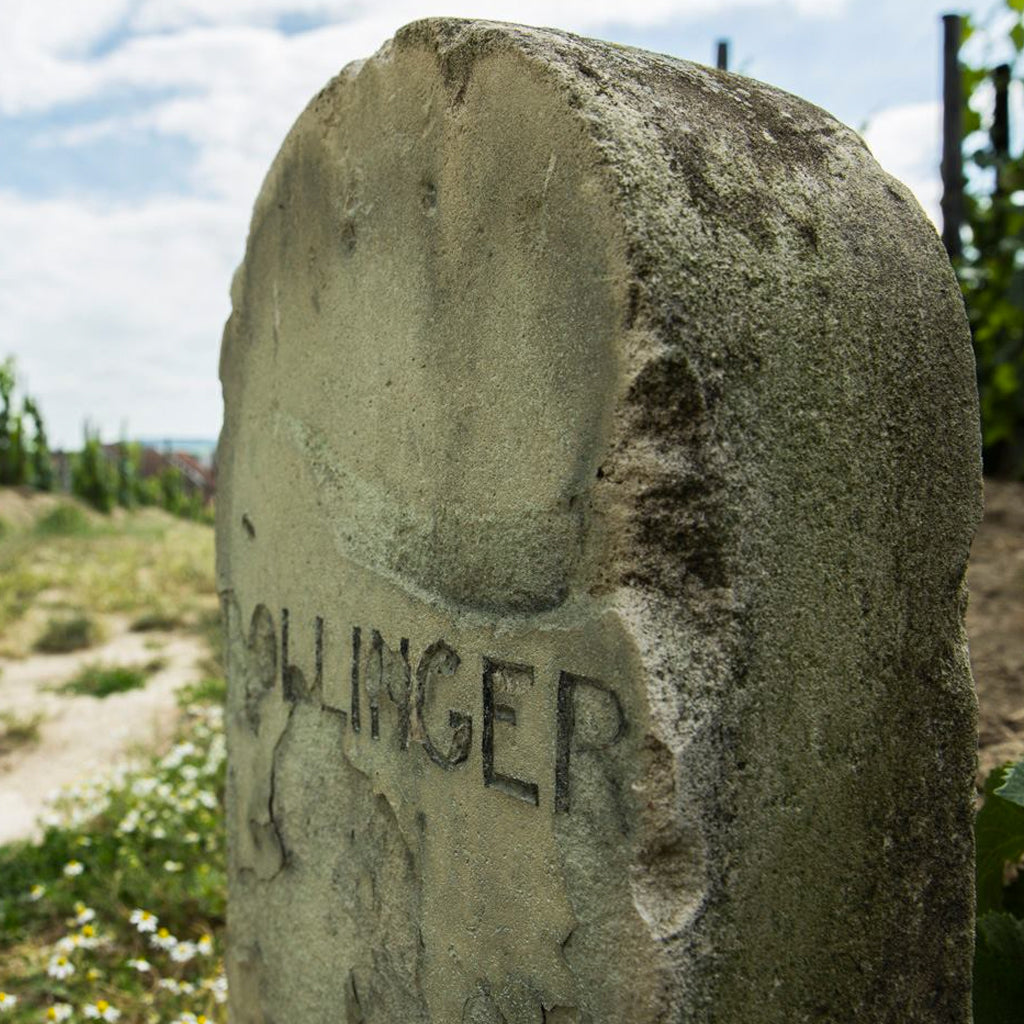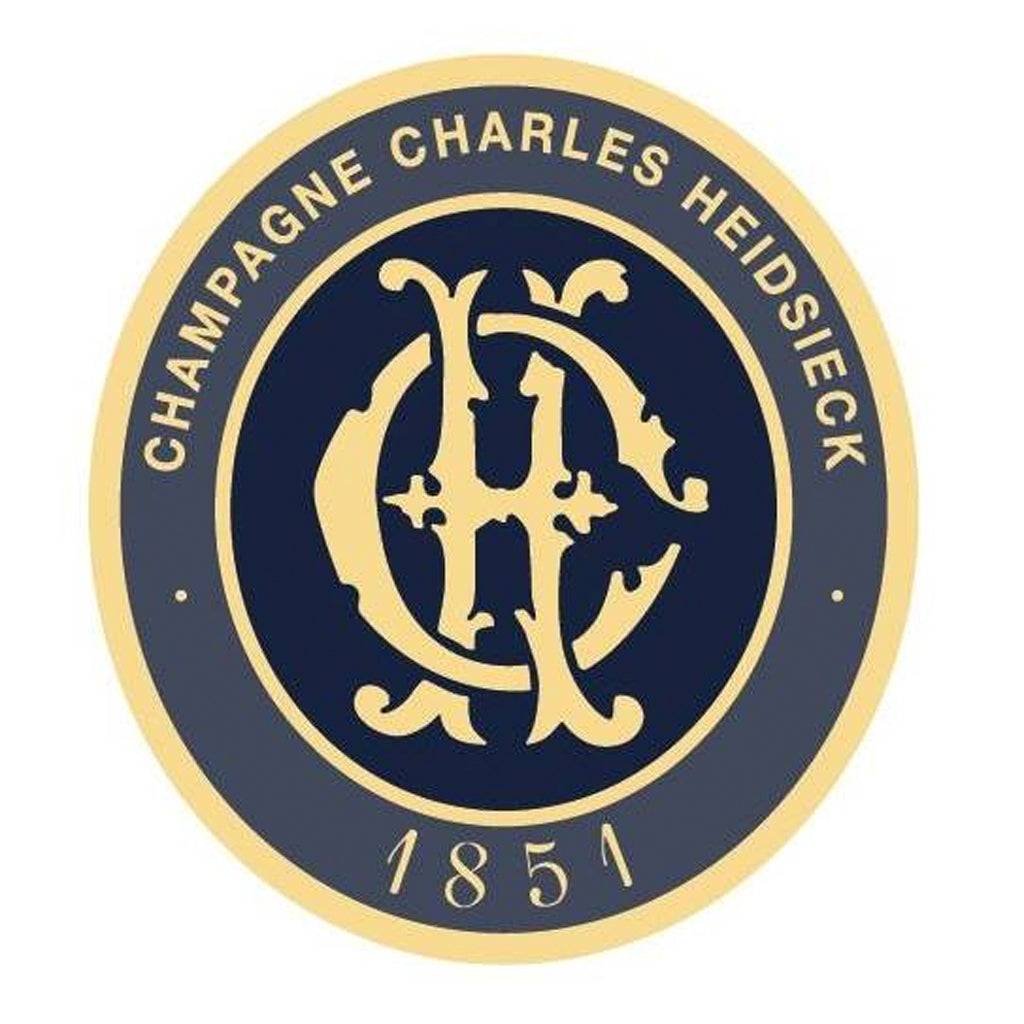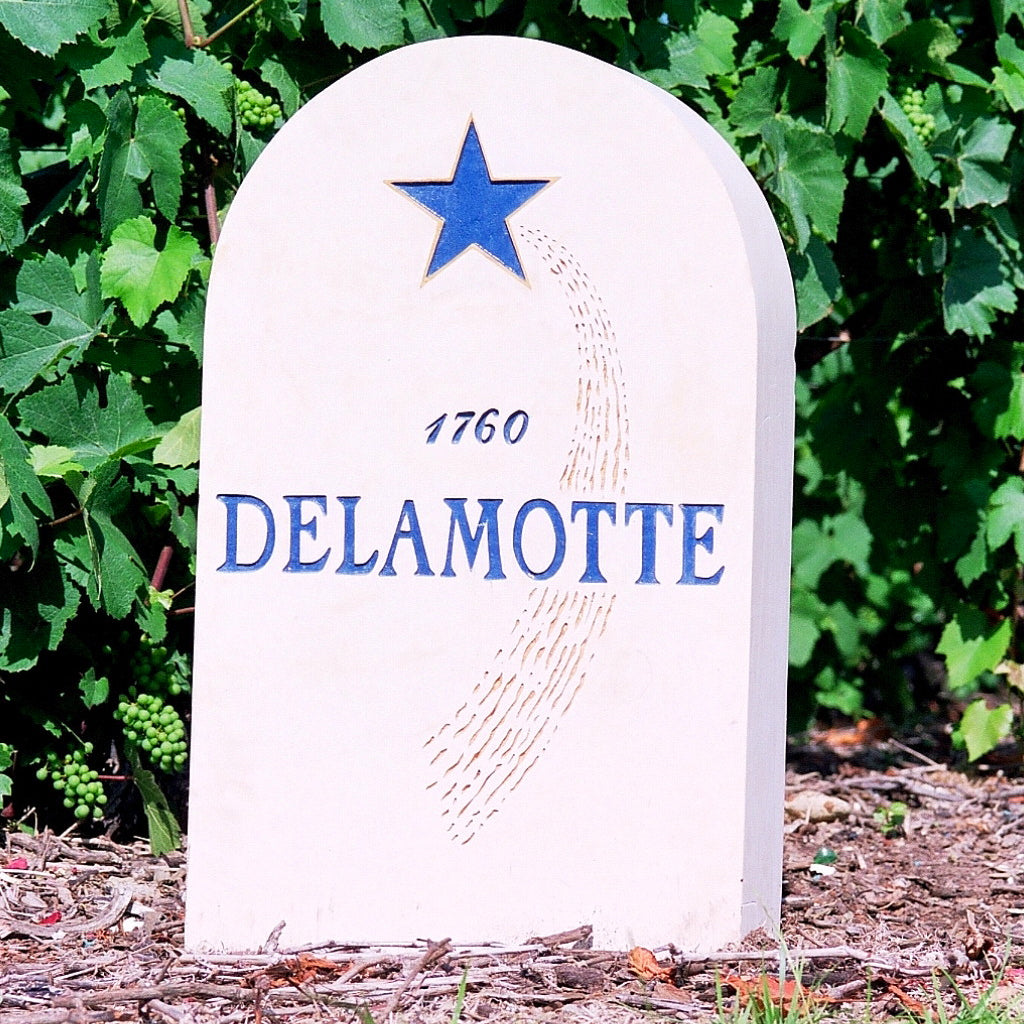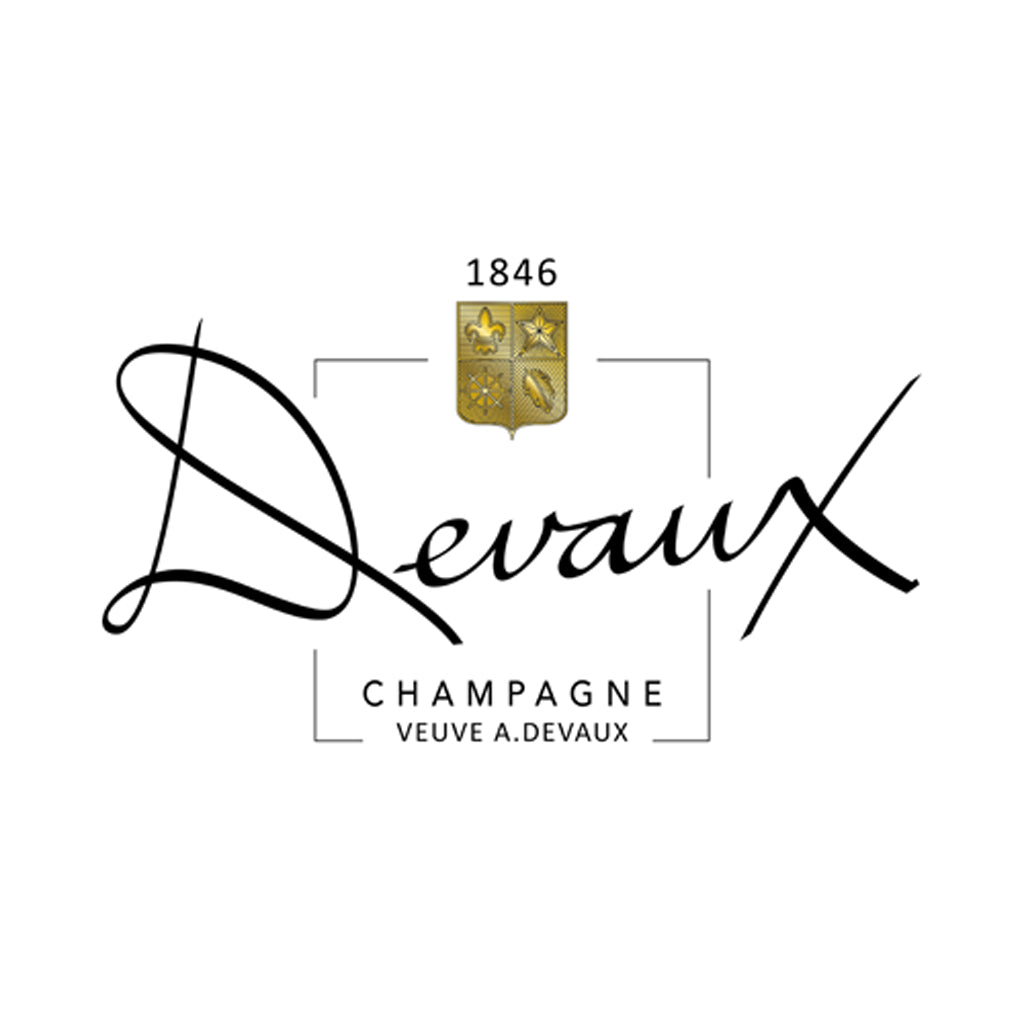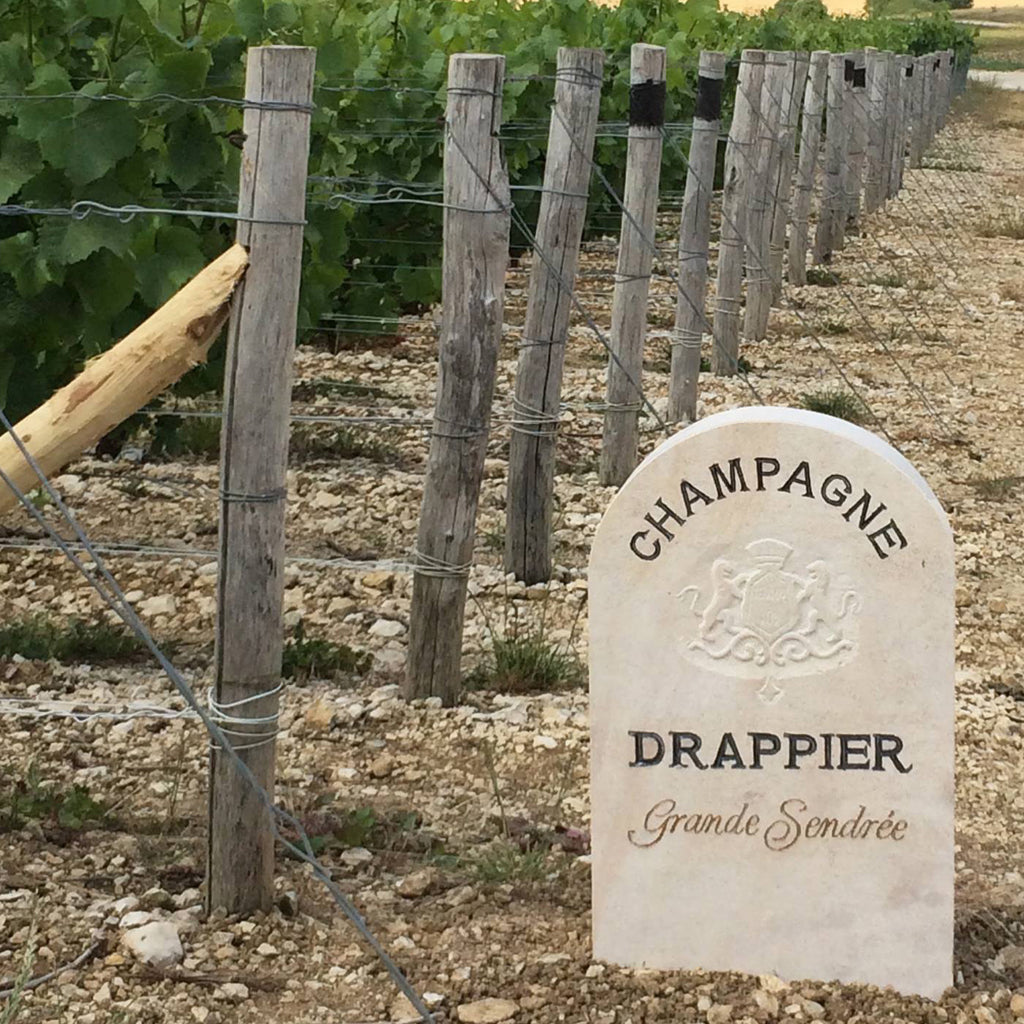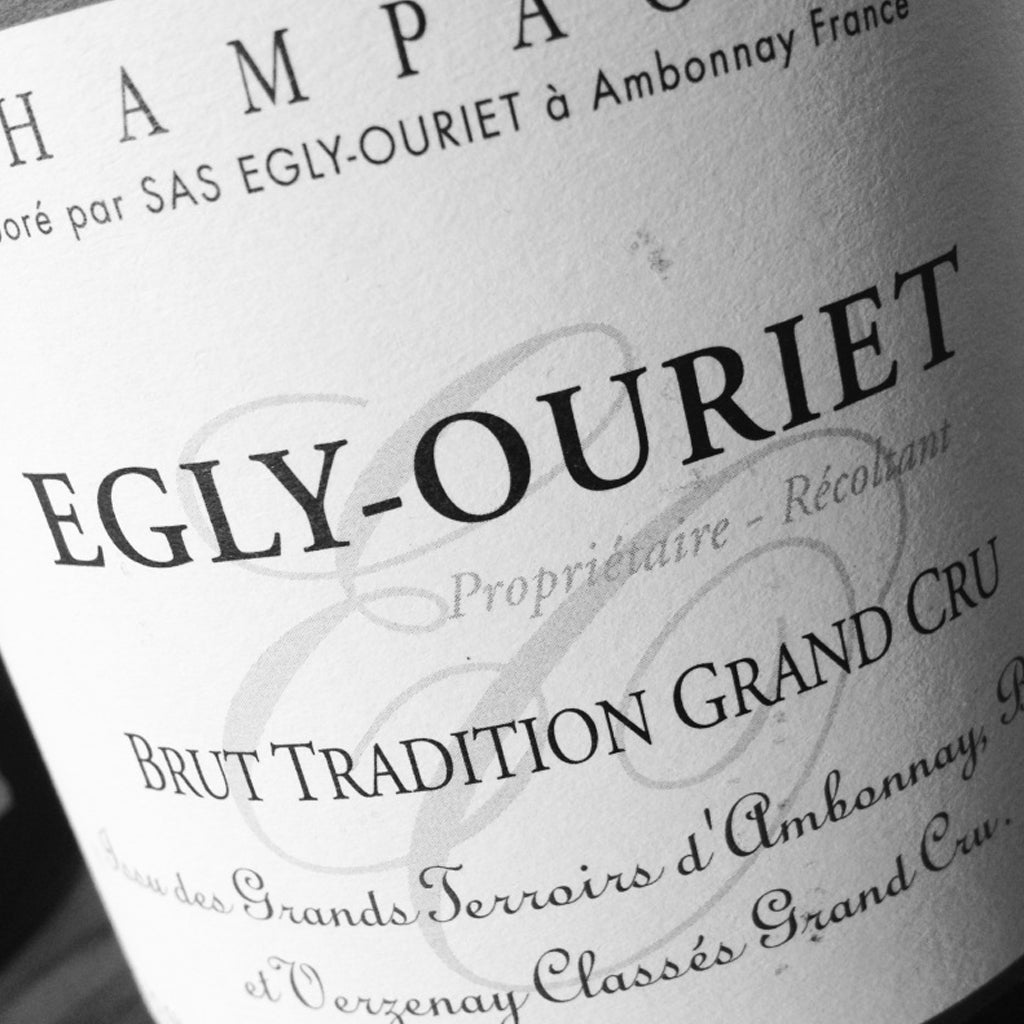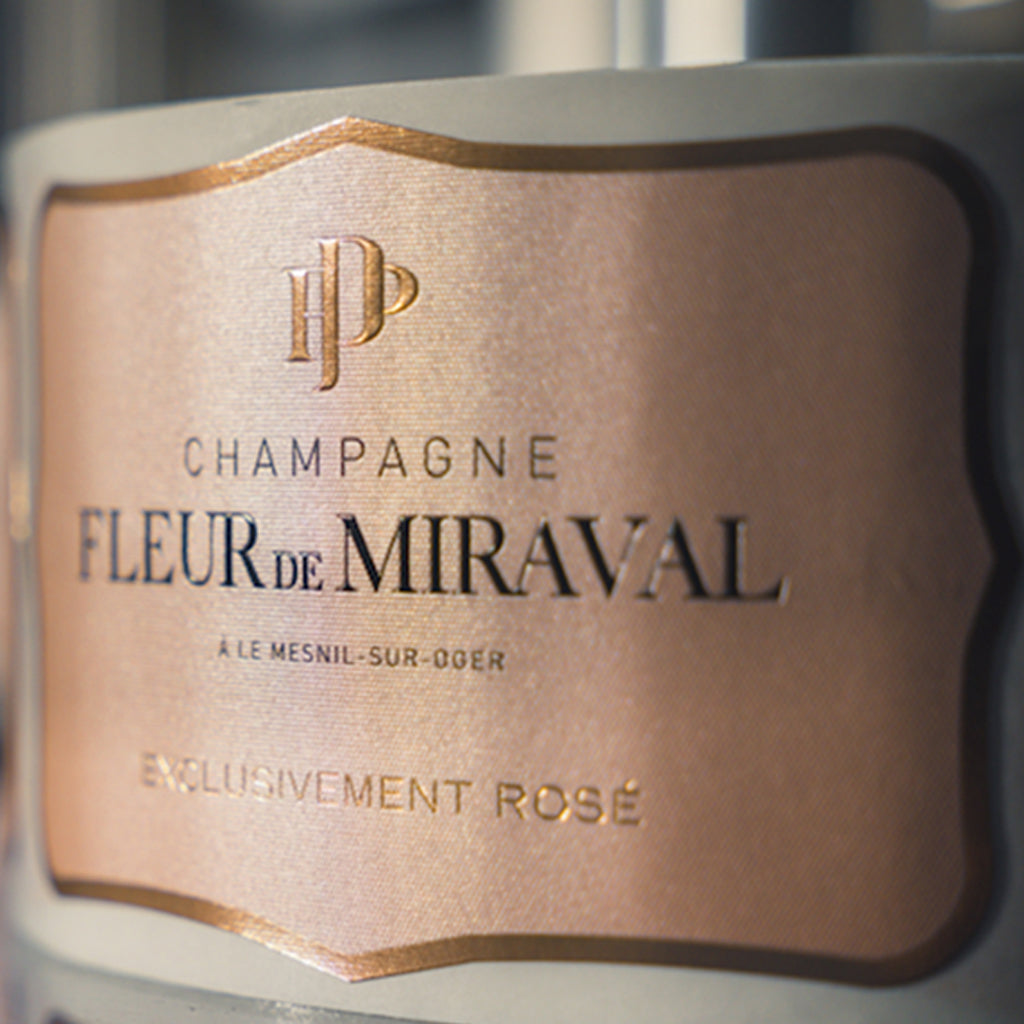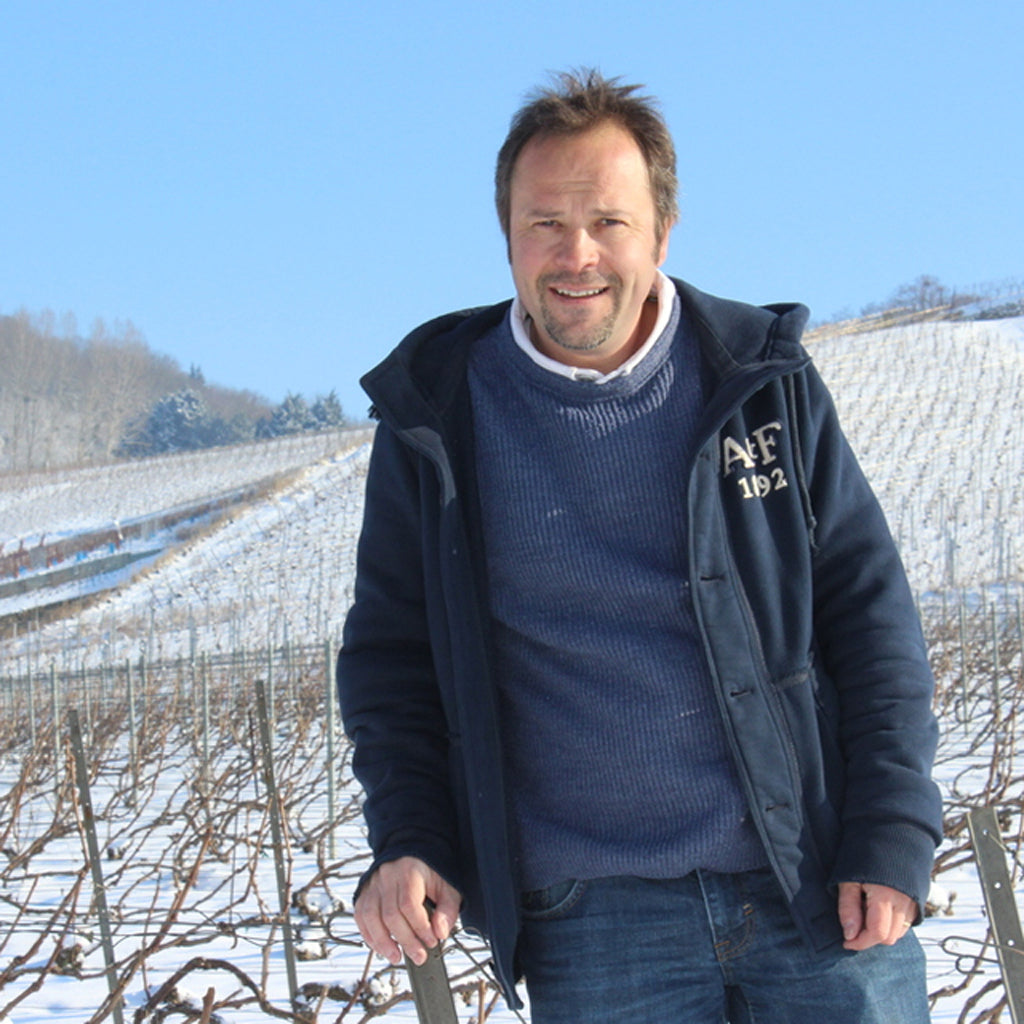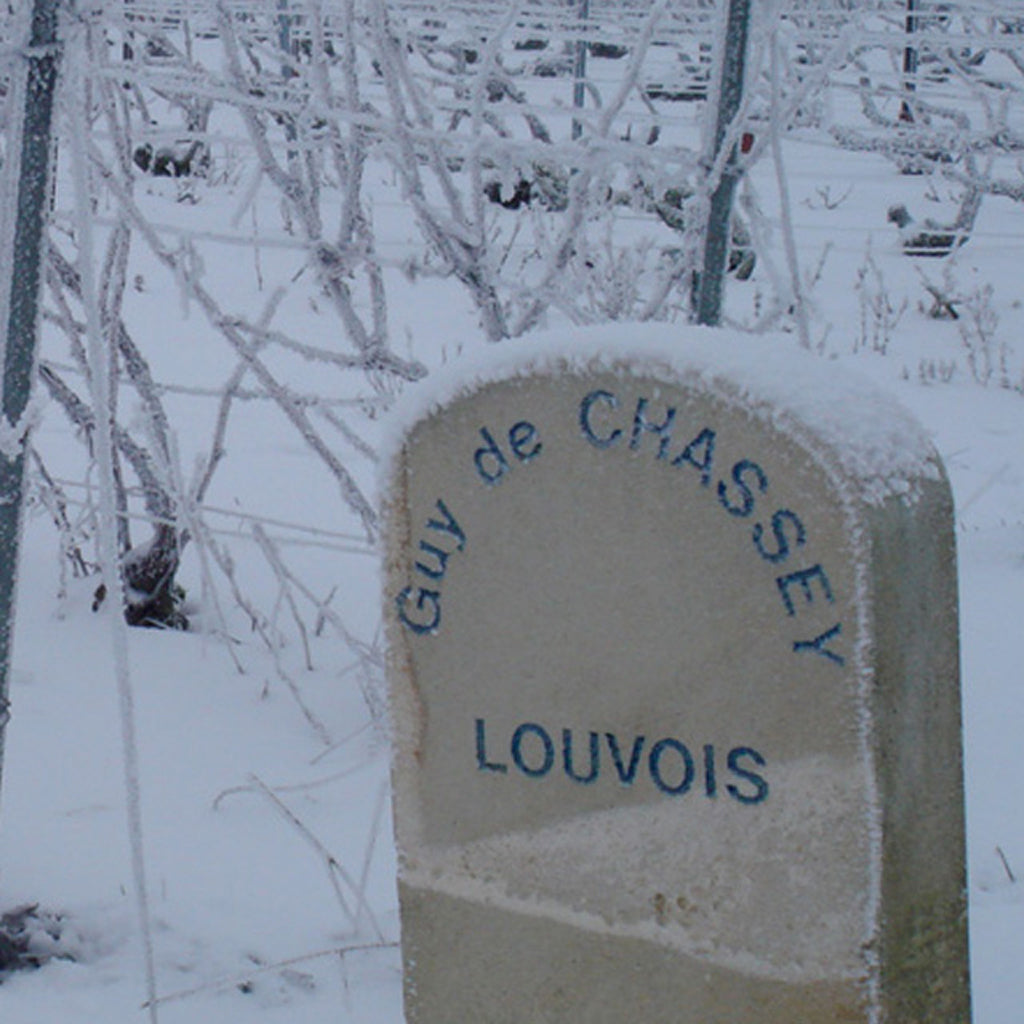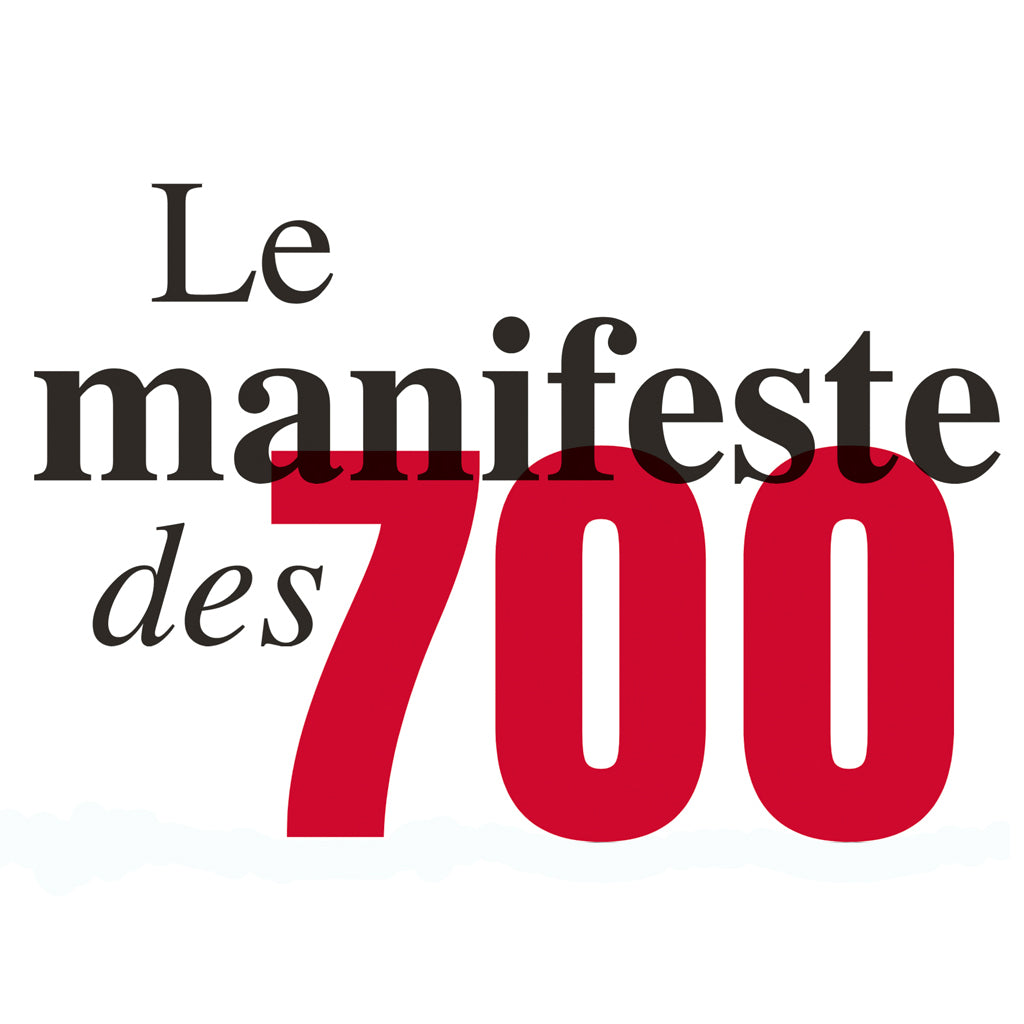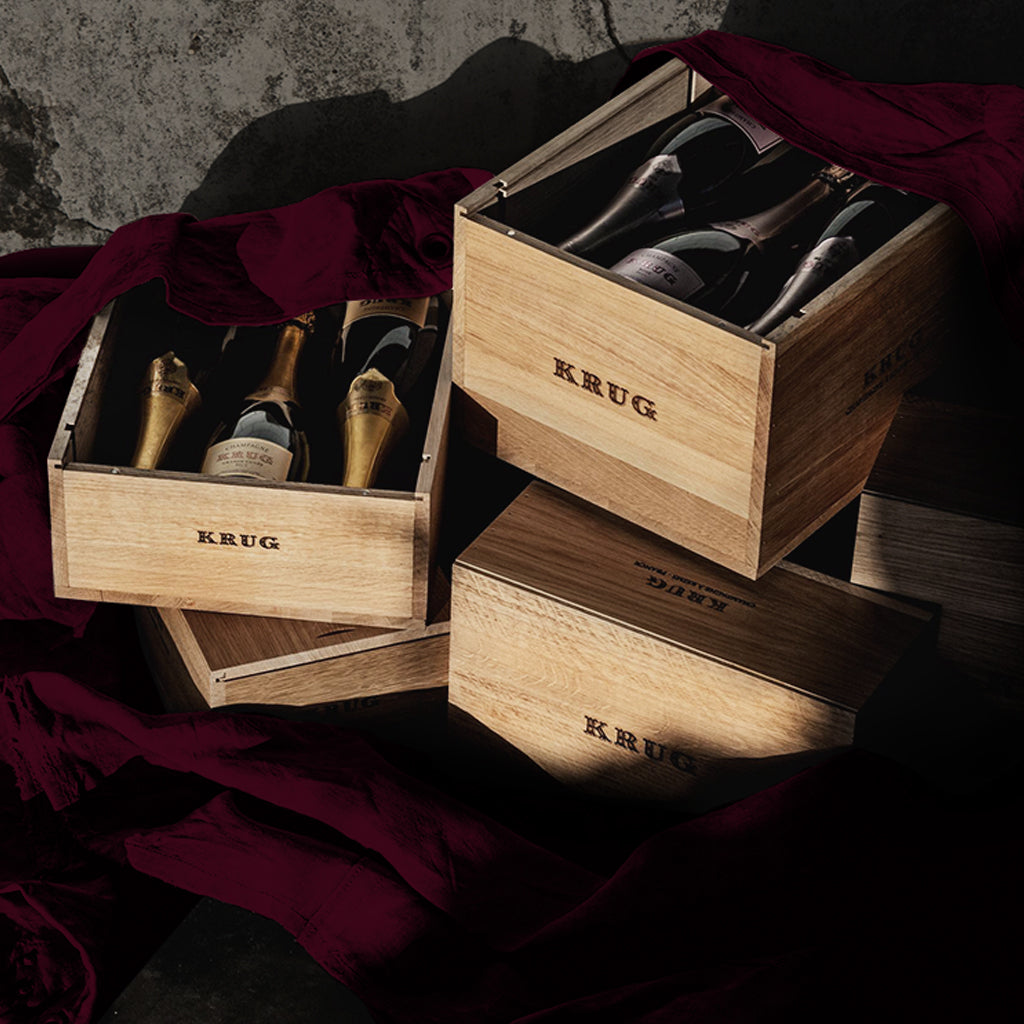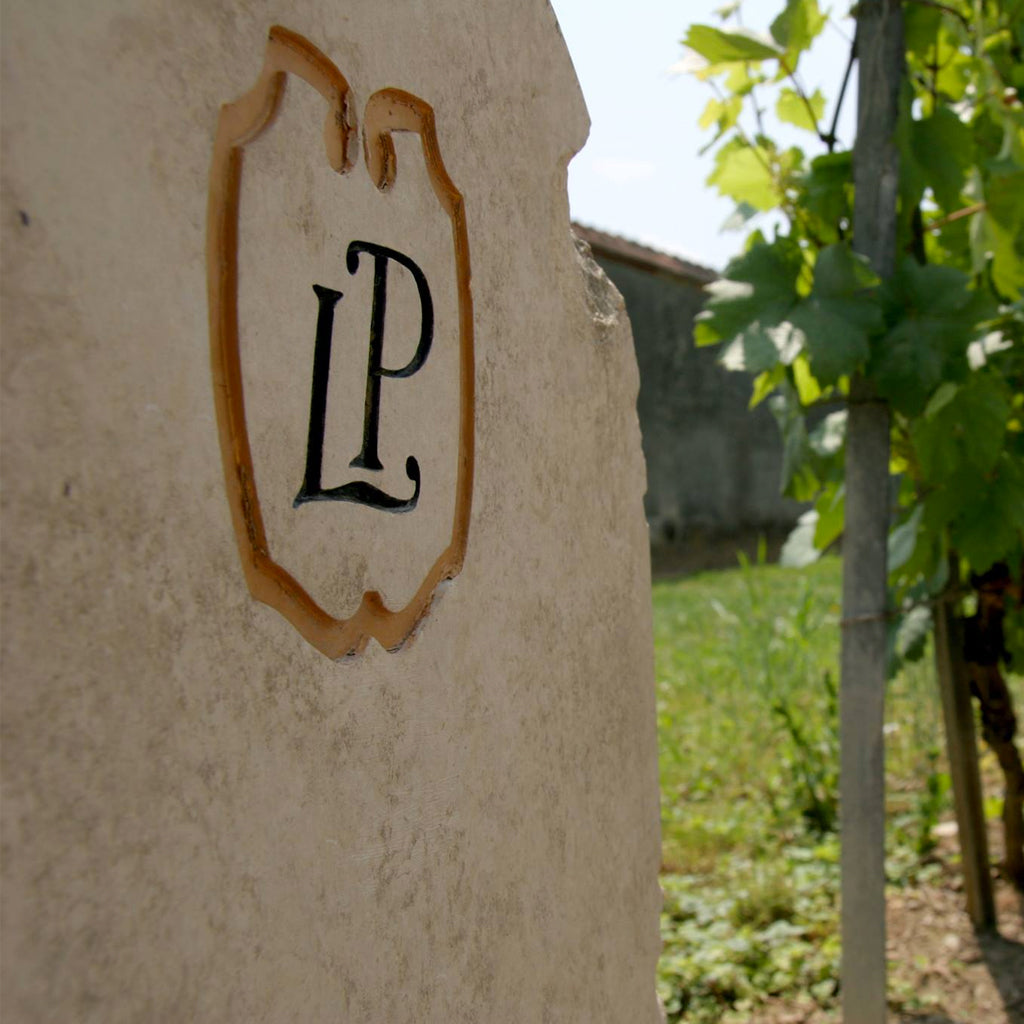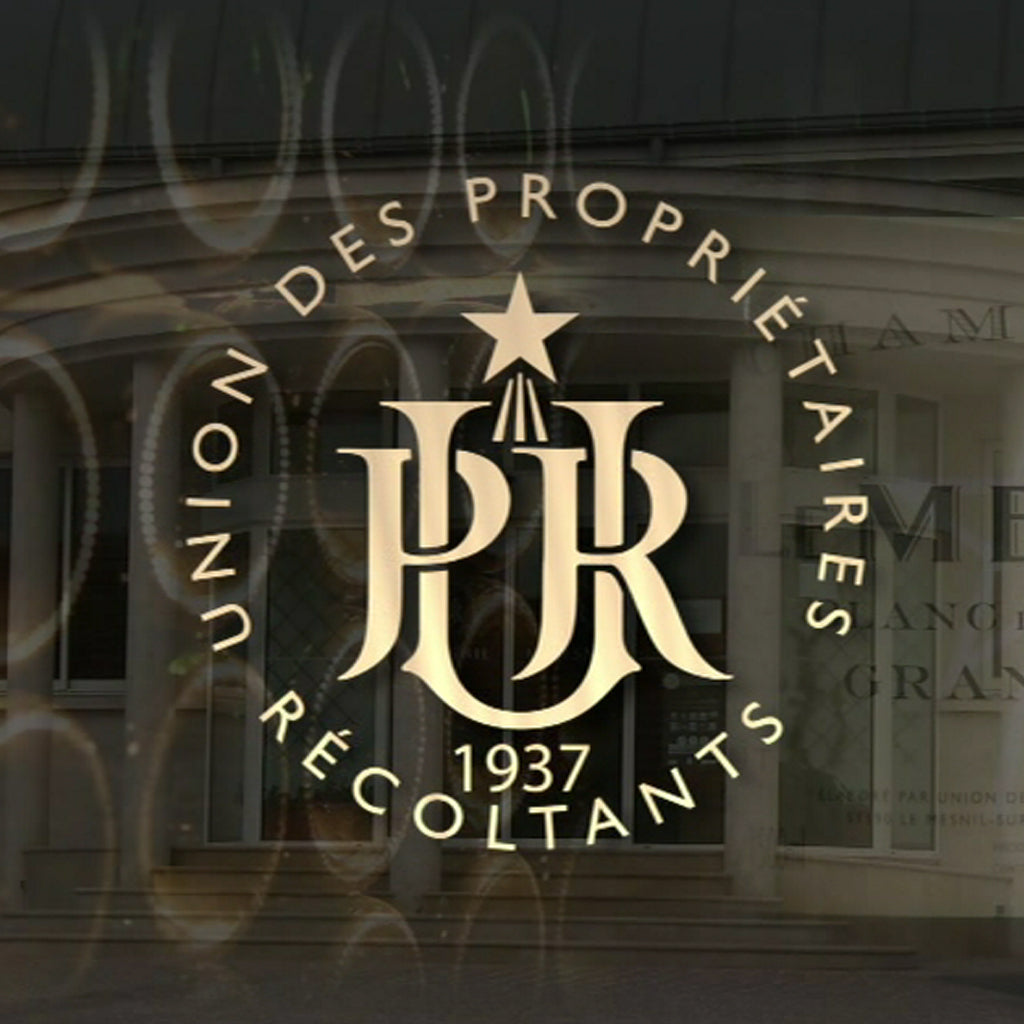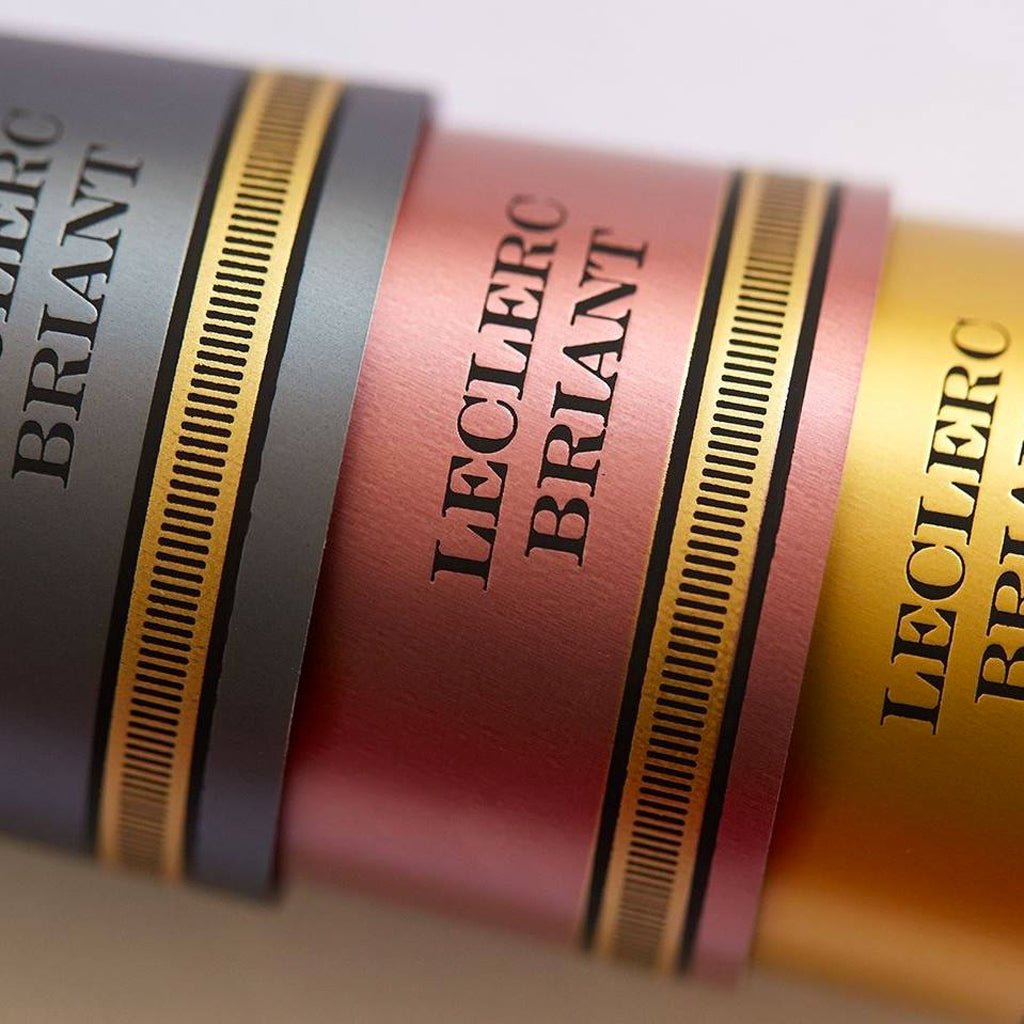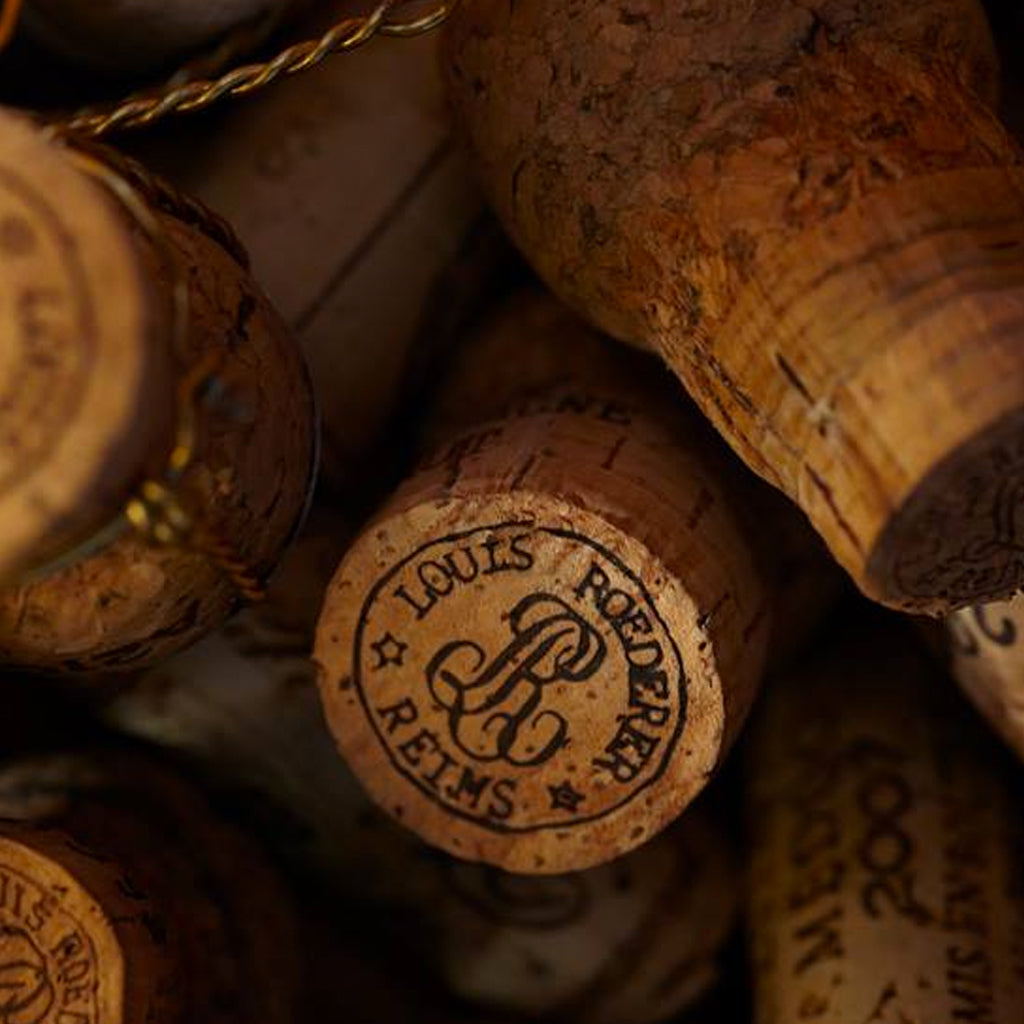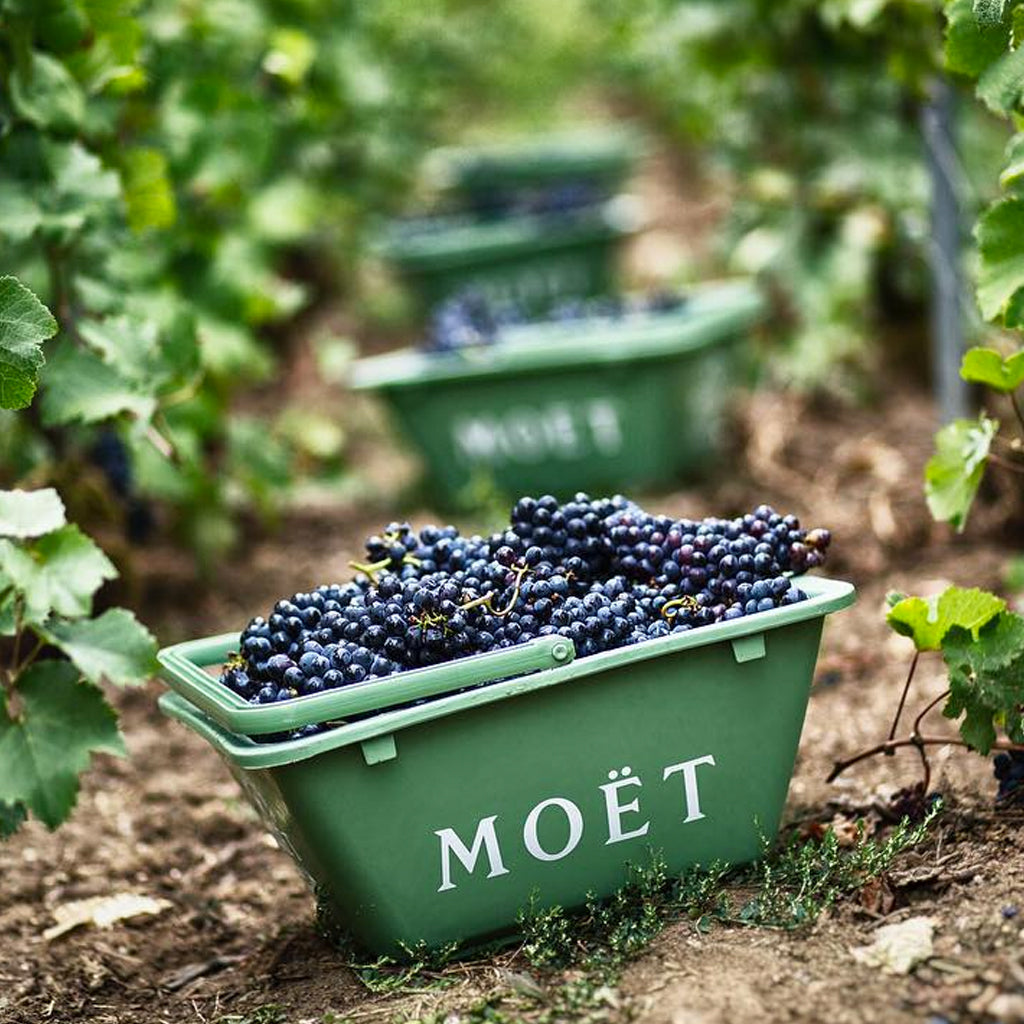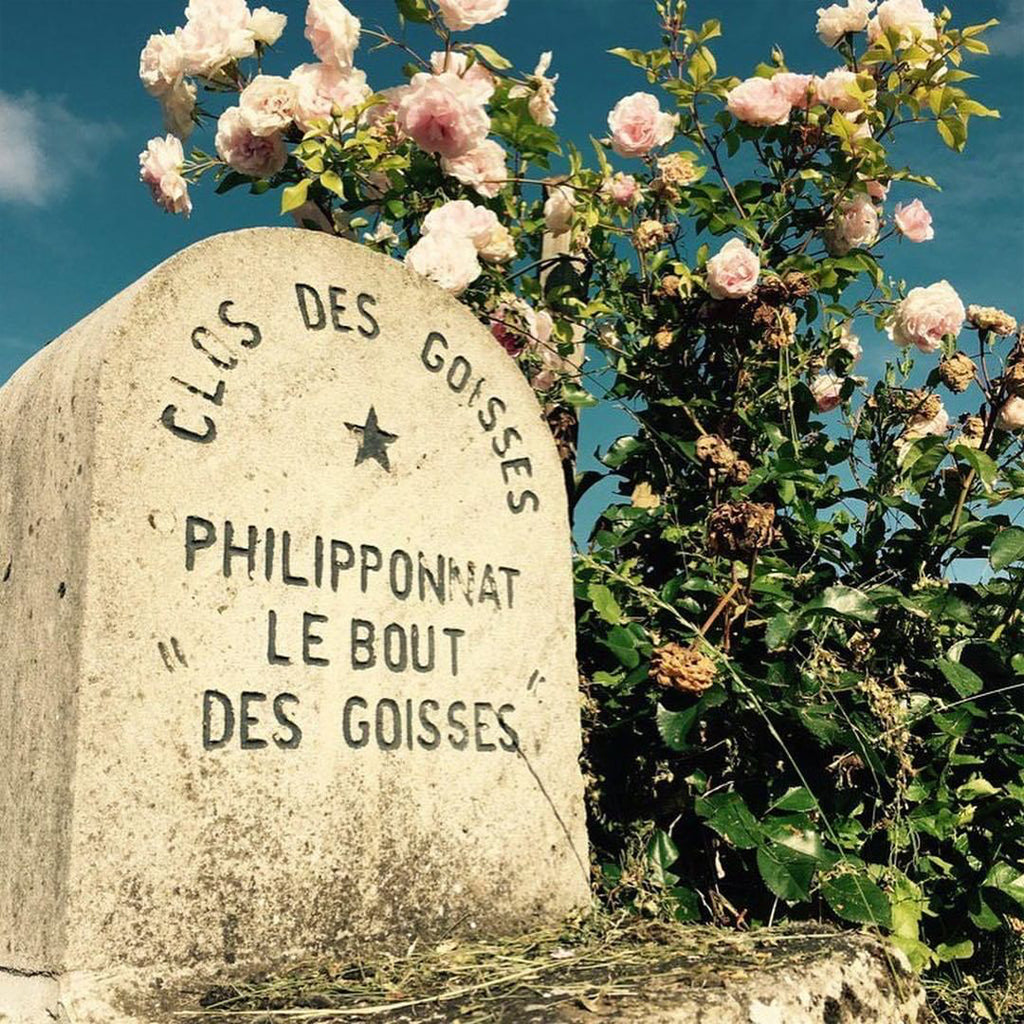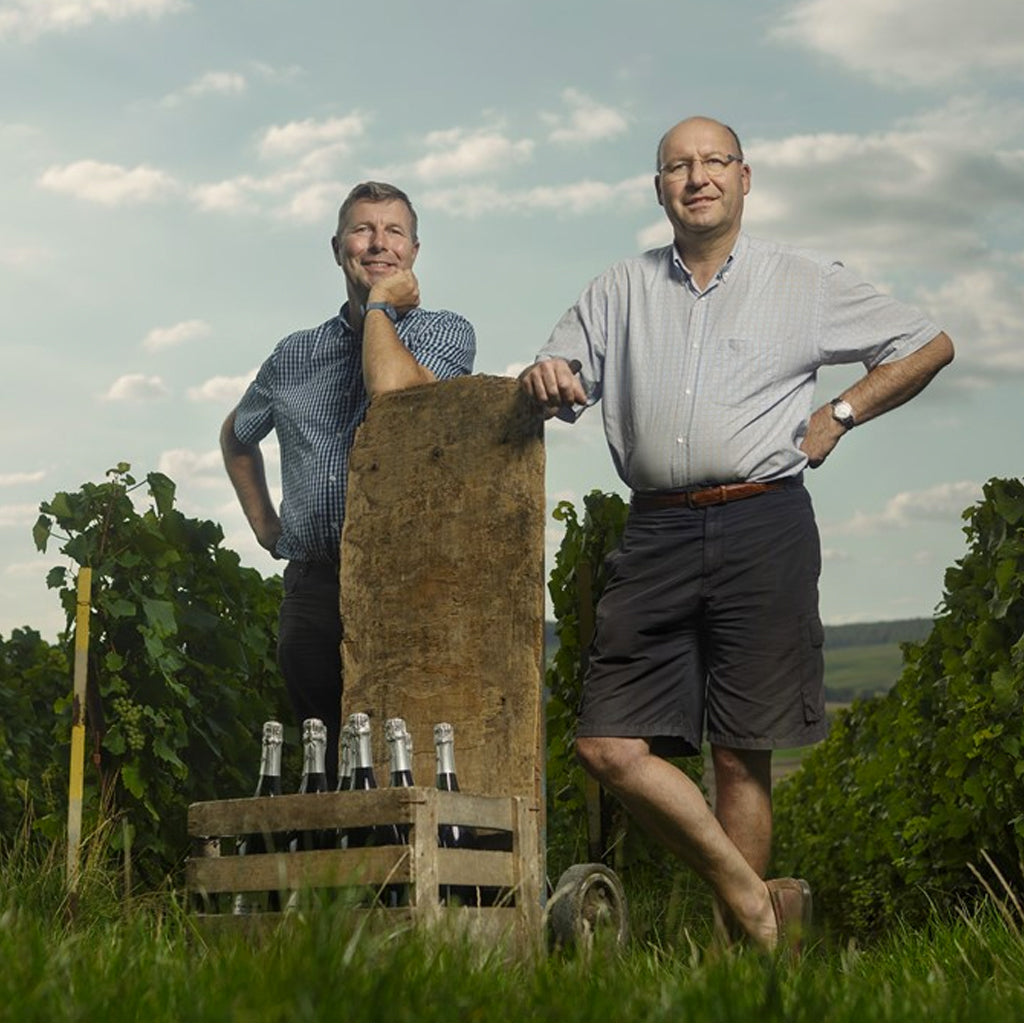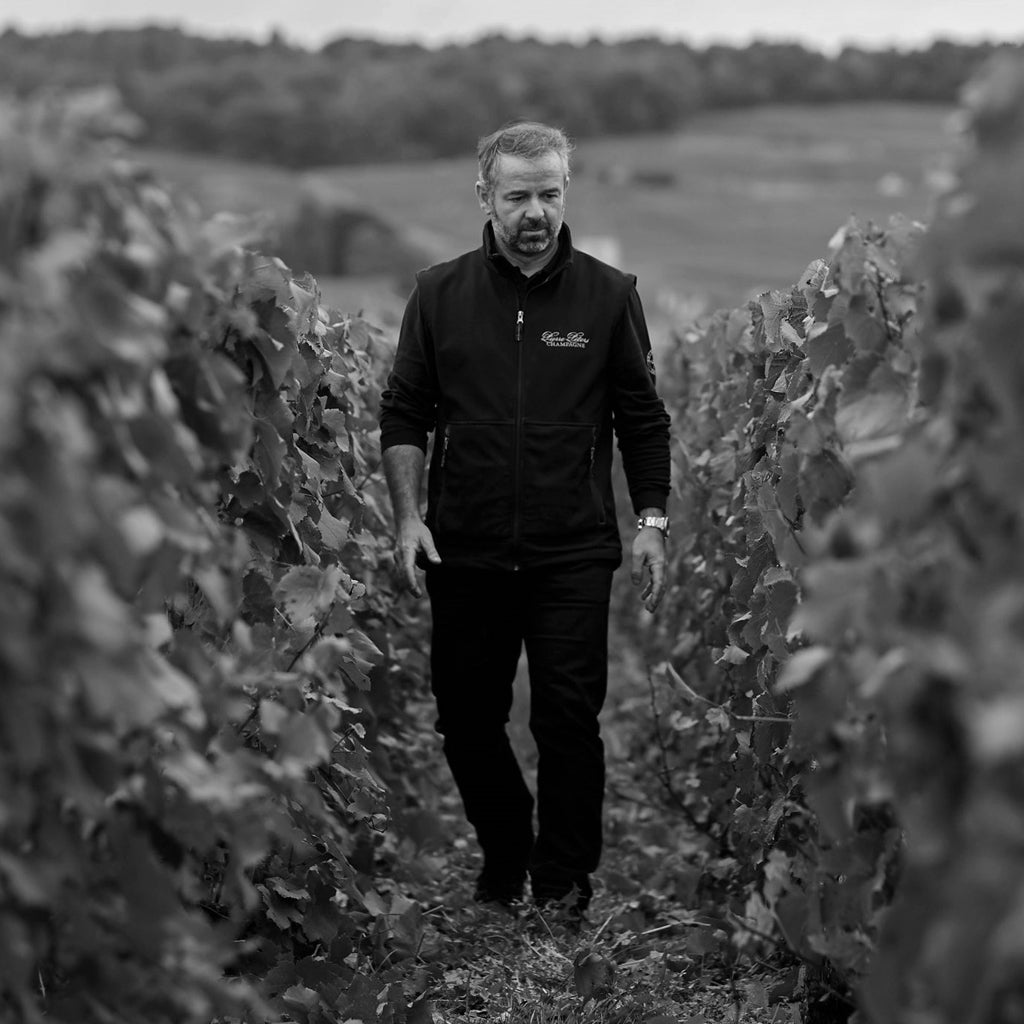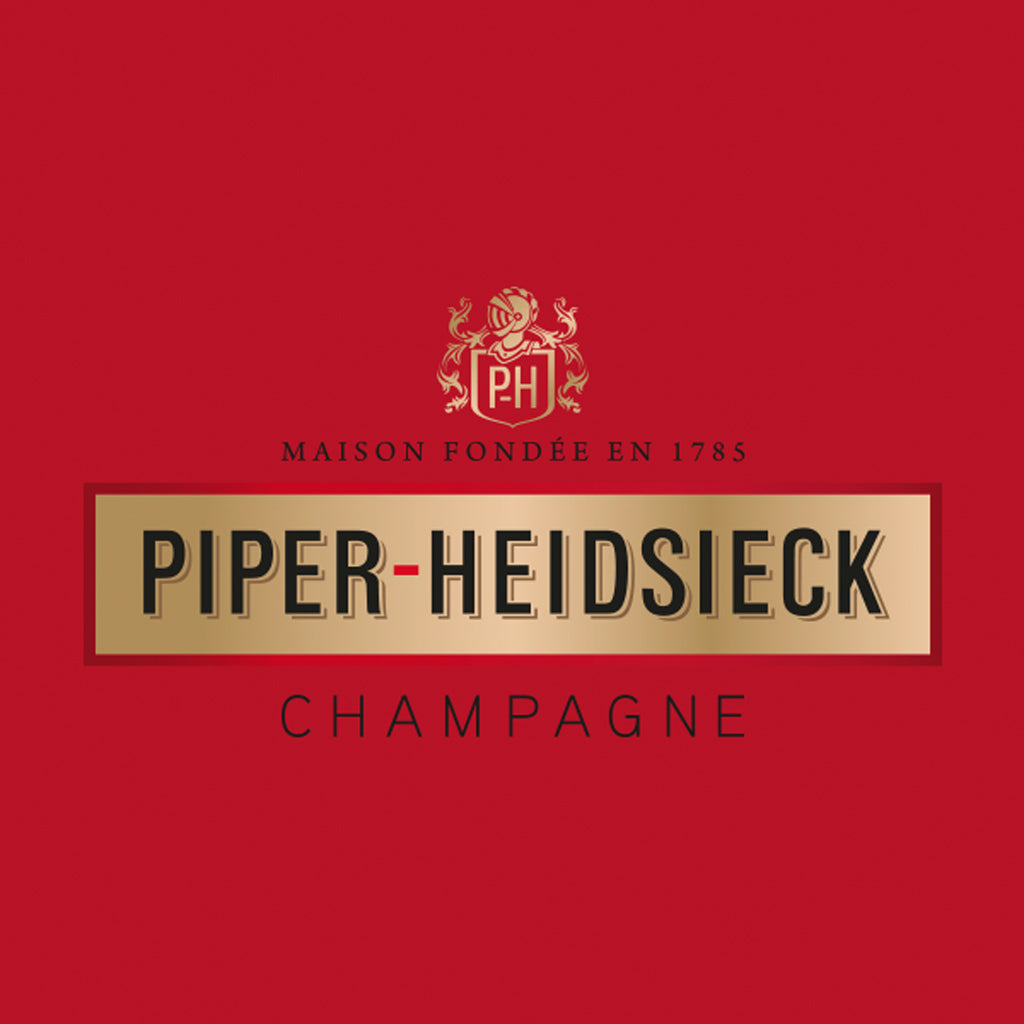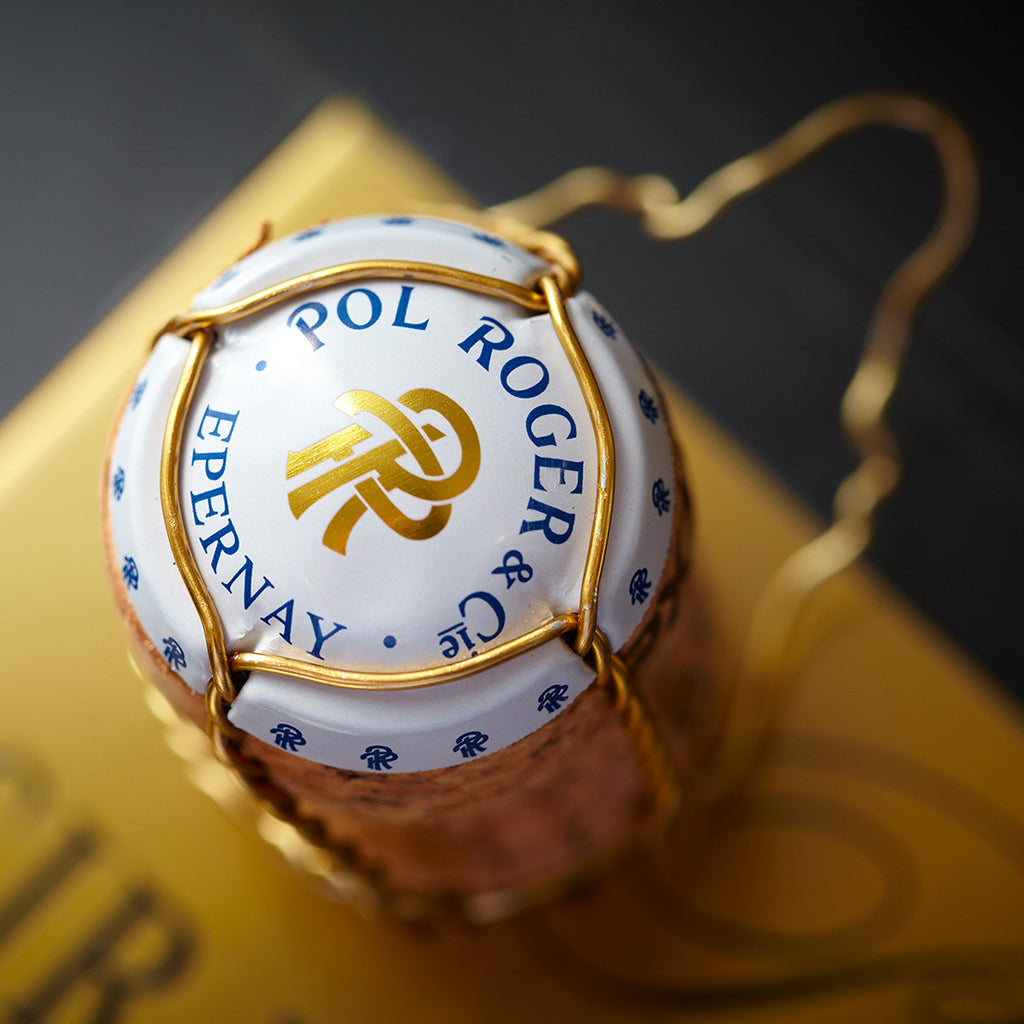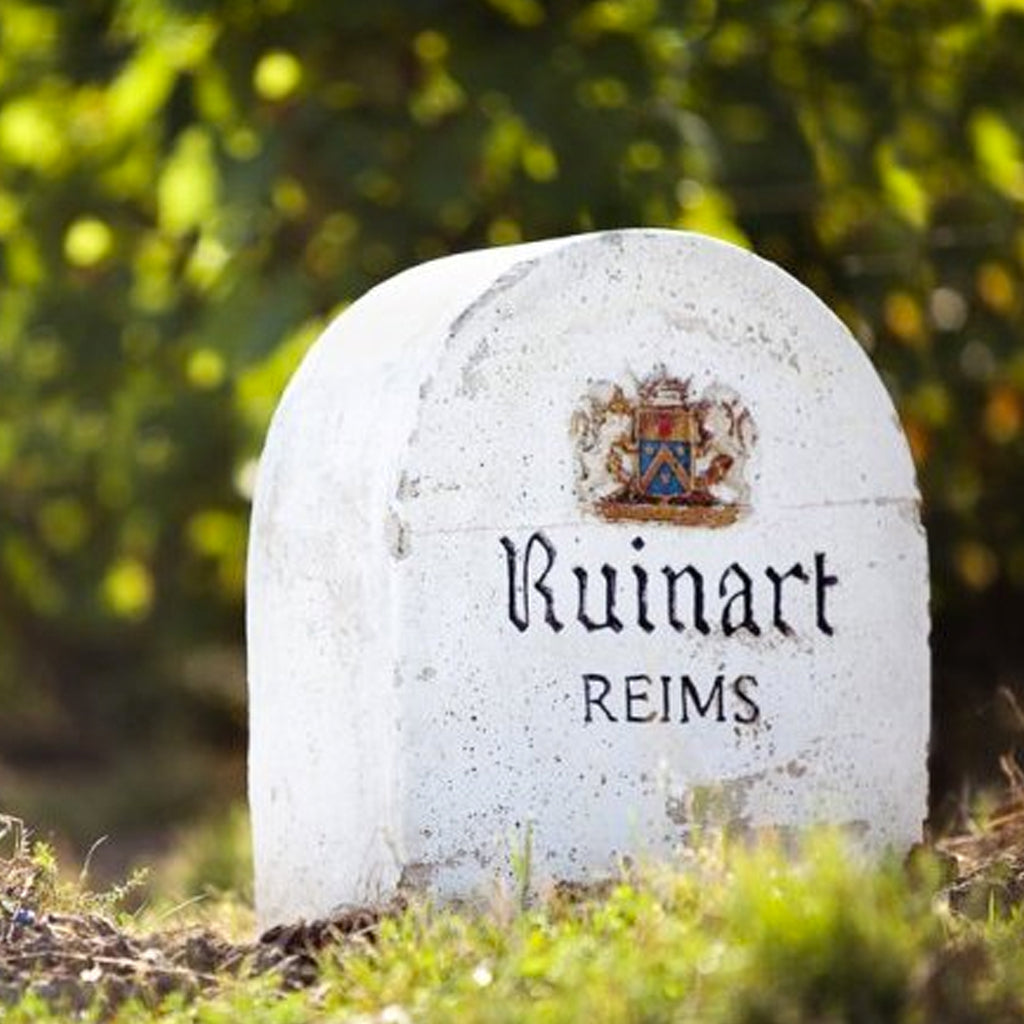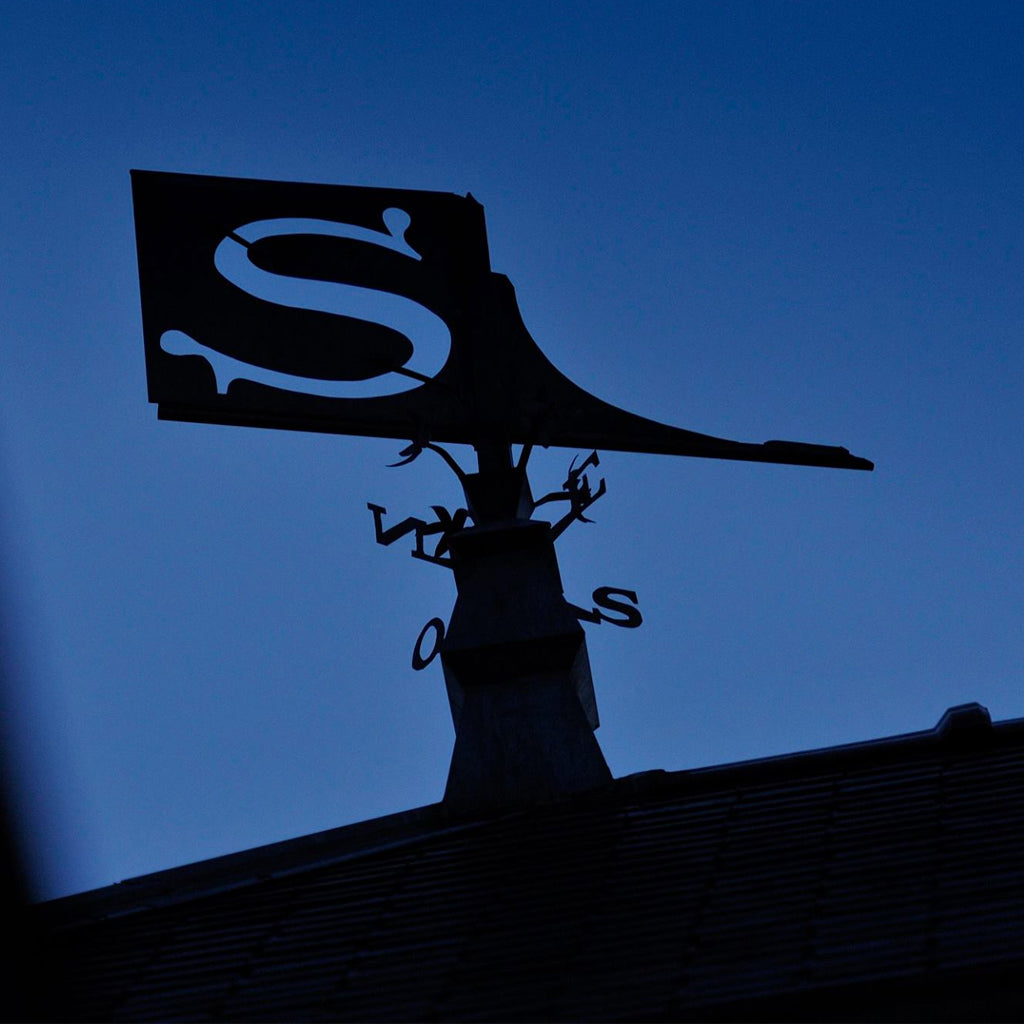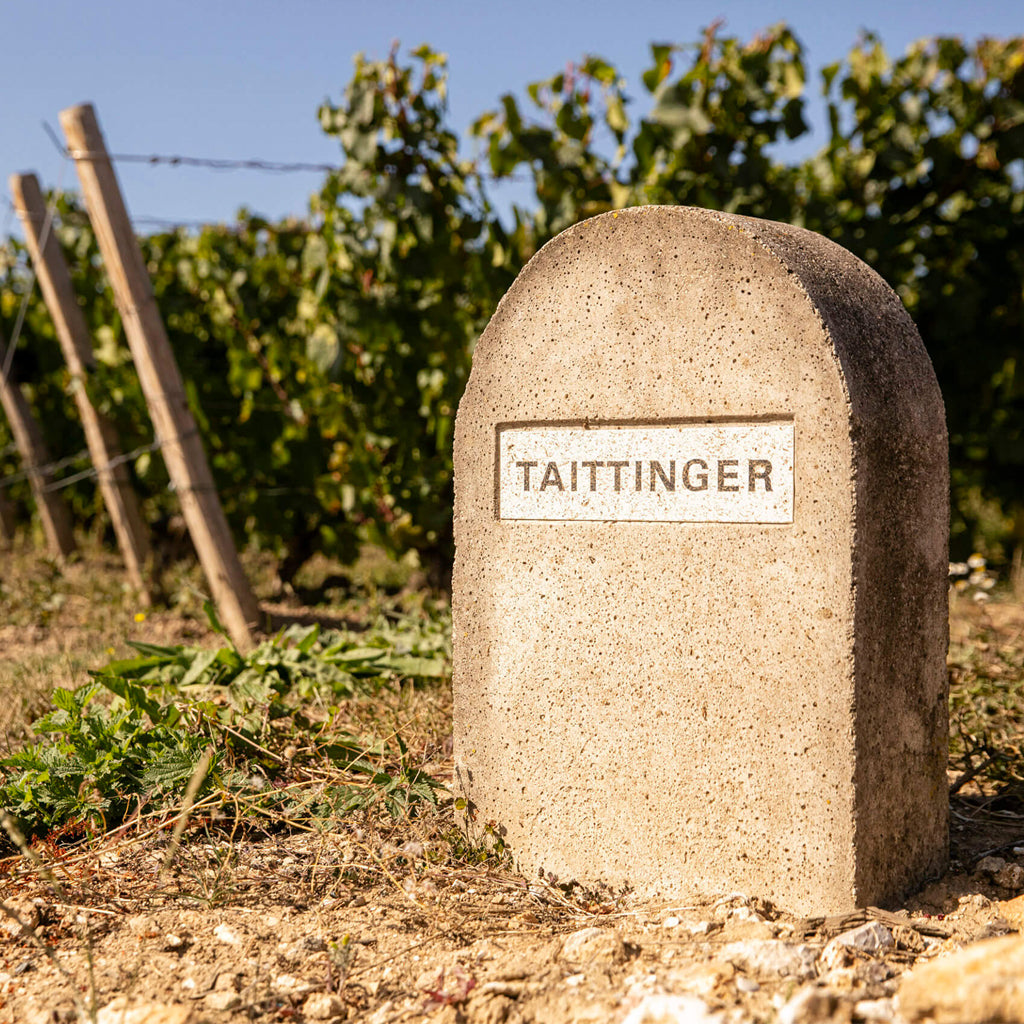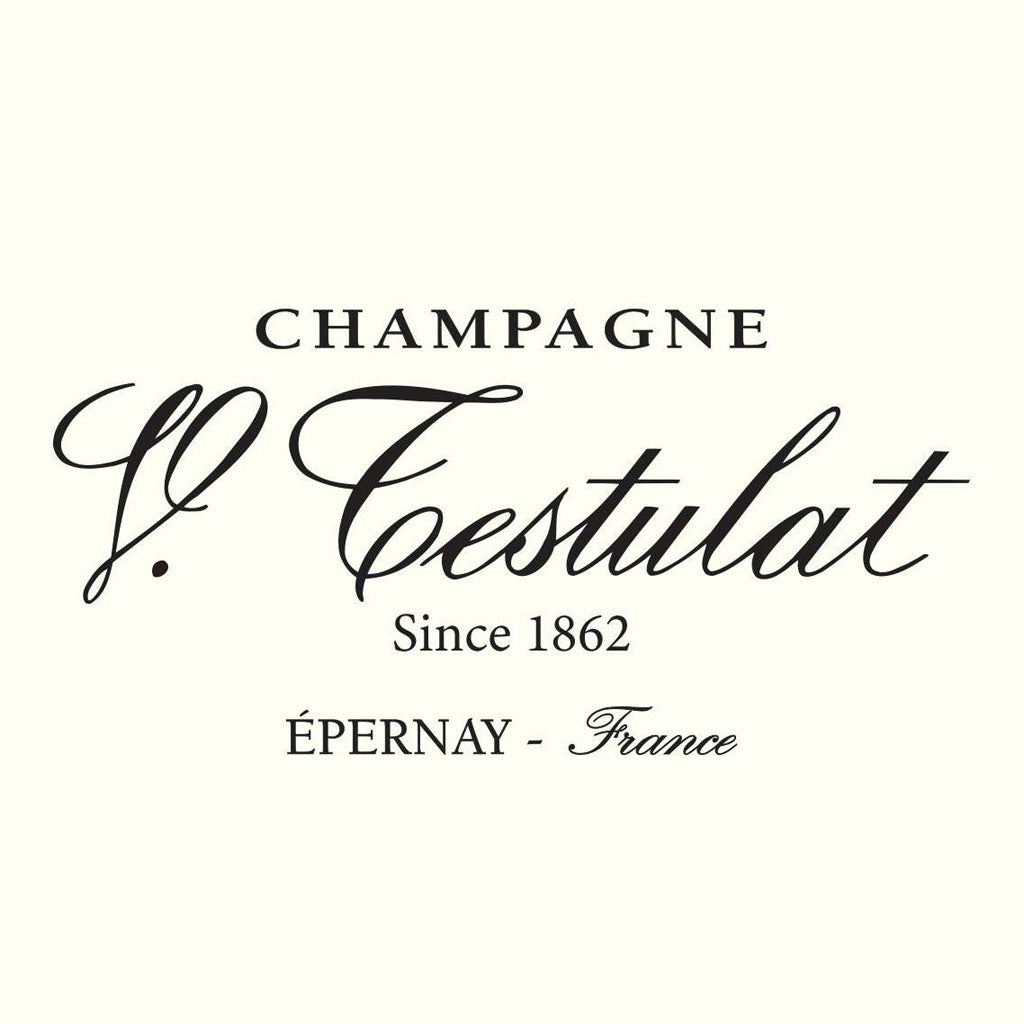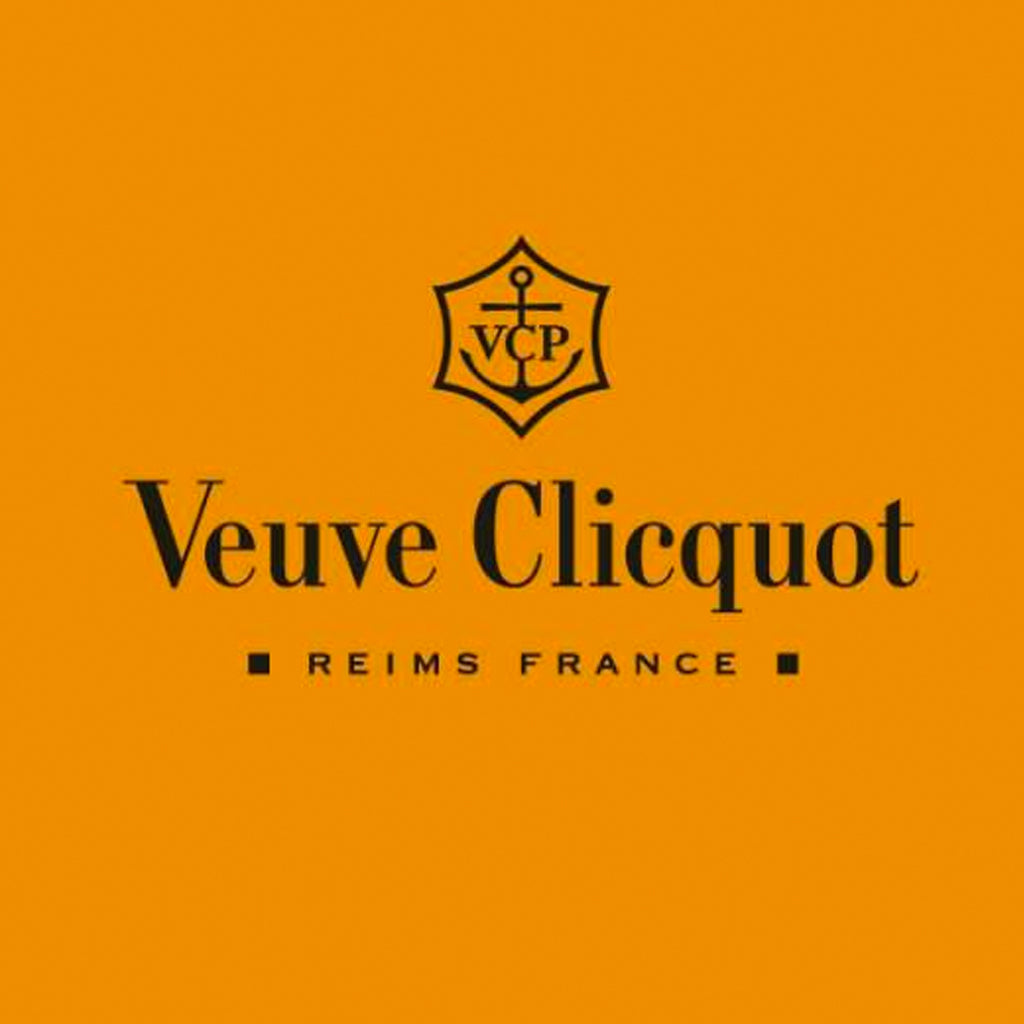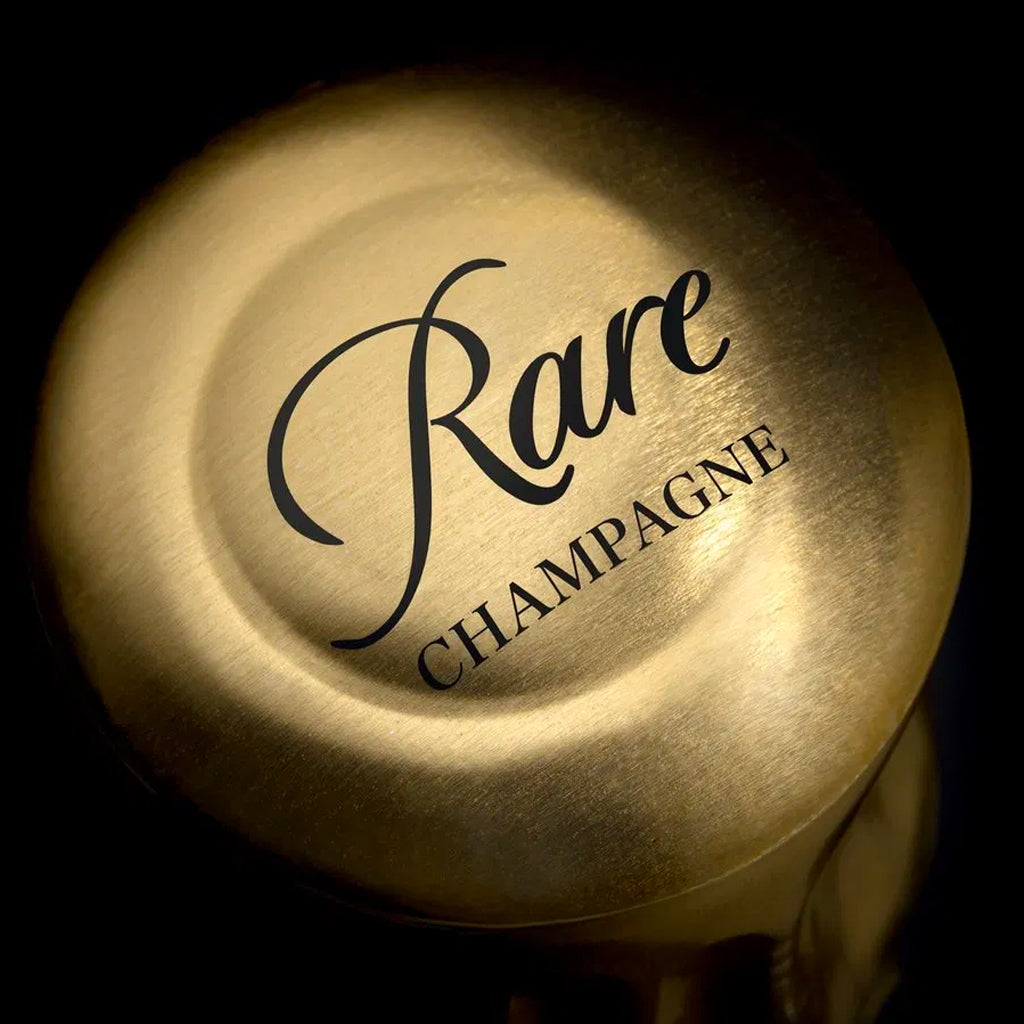CHAMPAGNE

Champagne only comes from Champagne in France and remains the pinnacle of sparkling winemaking, despite the proliferation of ’traditional method’ sparkling wines on the market. The winning combination of top quality grape varieties, a northerly climate, hundreds of years of winemaking using the ‘méthode champenoise’, as well as an efficient marketing strategy, has ensured the reputation of this iconic sparkling wine is upheld.
Located approximately 150 kilometres (90 miles) to the east of Paris, the vineyards of Champagne cover an area of 34,000 hectares, which spreads across 319 crus (villages or communes) in four main growing areas: the Montagne de Reims, the Vallée de la Marne, the Côte des Blancs and the Côte des Bar. Seventeen villages rank as Grand Cru and 42 as Premier Cru. There are 15,000 growers who work these vineyards, with 150 cooperatives of varying sizes, and 300 Champagne ’houses’, or négociants.
Some of the most popular Champagne styles include:
Non-Vintage Brut:
Non-Vintage Champagne accounts for more than 75 per cent of all Champagne sold and relies upon the winemaker's blending skills to produce a consistent style that consumers can expect from year to year. A non-vintage Champagne is a blended product of grapes from multiple vintages. The base wine, to which reserve wines may be added, will always be from the last harvest. Most producers make up between 10 and 15 per cent of their blends from reserves from the previous two or three years, but some utilise as much as 40 per cent from older vintages.
Vintage Brut:
A vintage Champagne is made exclusively from grapes grown in a single year, this is produced only in the best years and is released usually at about six years of age.
Blanc de Blancs:
A style of Champagne that can be non-vintage, vintage or a prestige cuvée and literally means "white from whites", and is used to designate Champagnes made exclusively from Chardonnay grapes. These posses the greatest ageing potential of all Champagnes.
Blanc de Noirs:
Literally translated as "white of blacks" these Champagne styles are made entirely from black grapes, either Pinot Noir or Pinot Meunier, or a blend of the two. These can be either non-vintage, vintage or deluxe cuvées.
Deluxe (Prestige) Cuvée:
These styles are the top of the range and the best Champagne has to offer and are produced in both non-vintage and vintage variants. Moët & Chandon's Dom Pérignon was the first commercial example of a Deluxe cuvée closely followed by Louis Roederer's Cristal. Other famous examples include Krug Grande Cuvée, Pol Roger Cuvée Sir Winston Churchill, Billecart-Salmon Grande Cuvée and Laurent Perrier Grand Siècle La Cuvée.
Rosé:
Rosé Champagne can be produced either by leaving the clear juice of black grapes (Pinot Noir or Pinot Meunier) to macerate on its skins for a brief time (known as the saignée method) or by adding a small amount of Pinot Noir red wine to the sparkling wine cuvée. The saignée method is more elaborate and costly and requires lots of skilful winemaking and only a few houses still use it, of which Champagne Delamotte is one.
Demi-Sec:
Demi-Sec is a medium-dry to medium-sweet style of Champagne which occupies the other end of the spectrum from the standard dry "Brut" style. It may contain between 33 and 50 grams of residual sugar per litre.
Extra Brut:
These Champagnes must contain less than 6 grams of residual sugar per litre and as such can be wonderfully bracing.
Our Producers
Explore Wines
£42.00
£55.00
From£63.00
From£53.00
From£42.00
From£50.00
From£30.00
From£43.00
From£105.00
From£105.00
- ←
- →


